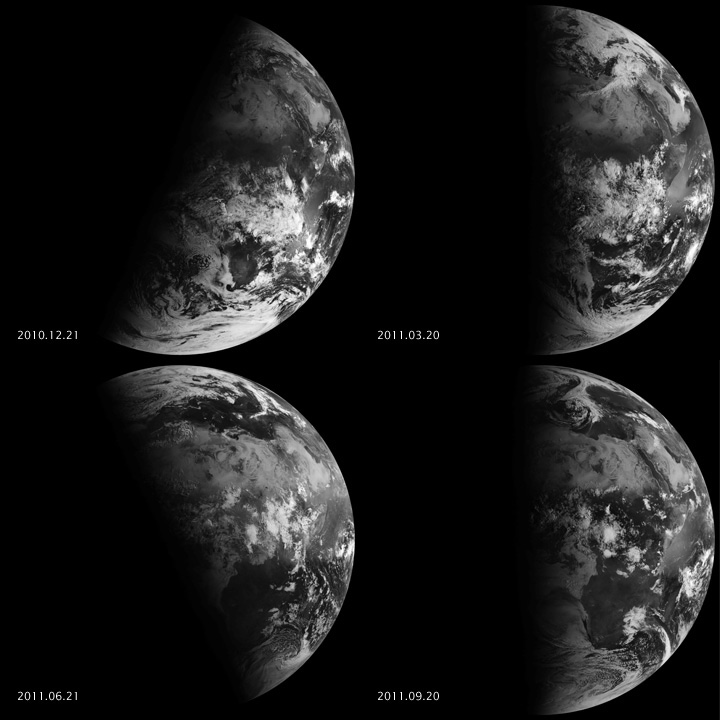Why Today Is the 1st Day of Autumn in Earth's Northern Hemisphere
Here's the science behind the fall equinox.
Happy Equinox!
This morning (Sept. 23) at 3:49 a.m. EDT (0749 GMT) marked the official celestial beginning of autumn in the Northern Hemisphere.
Although beaches have long been closed in many parts of the United States and there's already been a meteorological shift from summer into autumn, today marks a special transition in which the sun crosses the celestial equator, or the projection of Earth's equator onto the sky, from north to south. While the north gears up for chillier days, the south is welcoming springtime.
Cultures around the world have celebrated this celestial shift in different ways. In Japan both equinoxes are national holidays known as Ohigan, in which people honor their deceased ancestors. In Mexico, tourists flock to view the descent of the feathered-snake god Kukulkán along the side of a Mayan pyramid in Chichén Itzá.
Related: Day and Night Are Perfectly Balanced in Spring Equinox Photo Snapped from Space

The word "equinox" means "equal night" in Latin, because this transitional day means the sun is directly over the Earth's equator. That means that any given place on the globe's surface will experience day and night of almost equal length. In most places, day will last longer than night because it doesn't account for twilight, when sunlight refracts as it passes through the atmosphere and illuminates the sky before sunrise or after sunset, according to timeanddate.com.
The seasonal changes are caused by the tilt of Earth's axis, an imaginary rod that goes through Earth's north and south poles. It's tilted about 23.4 degrees relative to the plane of Earth's orbit around the sun. During the equinoxes, the seasonal effect of this tilt is quite apparent at Earth's poles. On the September equinox, the sun finally rises over the horizon at the south pole, which hasn't seen sunrise since the March equinox six months ago. Meanwhile, the north pole braces for the long night until sunrise next year.
Get the world’s most fascinating discoveries delivered straight to your inbox.
- What Is the Summer Solstice? An Astronomer Explains
- How Do Flat-Earthers Explain the Equinox? We Investigated.
- December Solstice 2018! Satellites See the Seasons Change from Space
Follow Doris Elin Urrutia on Twitter @salazar_elin. Follow us on Twitter @Spacedotcom and on Facebook.



